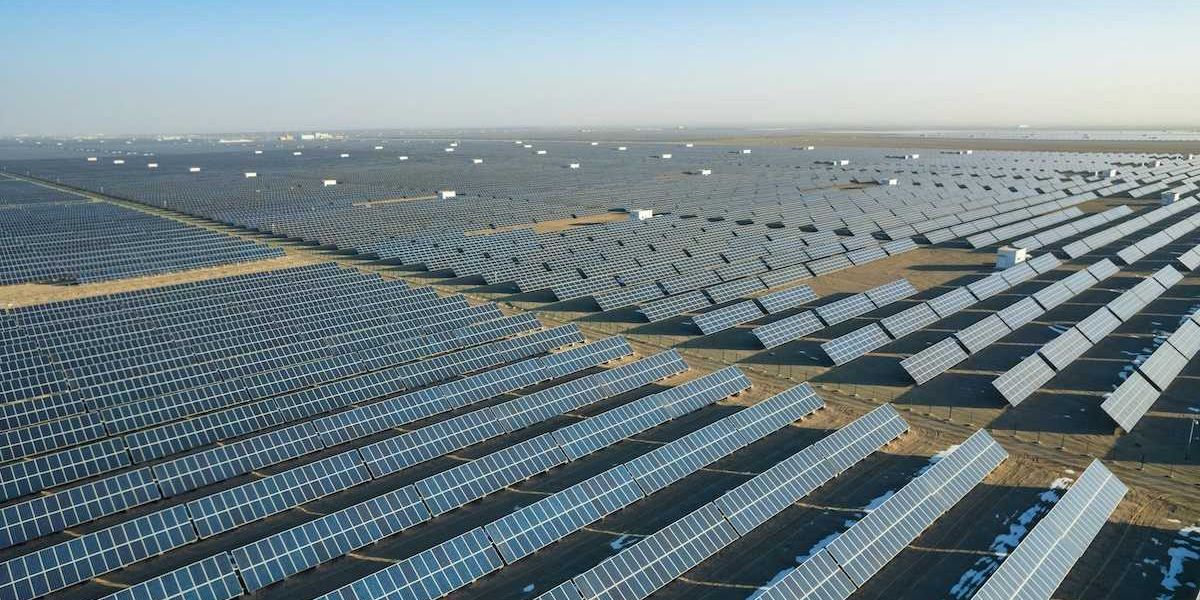A California solar company puts power in the hands of its workers
In the Sierra Nevada foothills, a worker-owned solar company is showing how cooperatives can build better jobs and community resilience — even in a volatile energy market.
Brooke Larsen reports for High Country News.
In short:
- California Solar became a worker-owned cooperative in 2019, giving employees a stake in the company, a say in its decisions, and a cut of the profits — with about half of the staff currently choosing to buy in.
- The co-op model has helped the company weather the rollercoaster of the solar industry, including shifting policies, inflation, and cuts to California’s rooftop solar incentives.
- While the work is demanding, employee-owners say they value the accountability and solidarity, especially when navigating challenges like pandemic pay cuts and climate-fueled grid outages.
Key quote:
“I haven’t run into any other construction environments where you have construction workers saying, ‘Love you.’”
— Lars Ortegren, California Solar’s co-founder and director of construction services
Why this matters:
Cooperative models like California Solar’s suggest a way forward — one that not only lowers carbon emissions, but also lifts up workers and strengthens community health through economic stability and energy independence. What’s quietly revolutionary is how this structure builds resilience in a field that’s famously turbulent. In a clean energy future that’s often promised but rarely equitable, this co-op offers a tangible example of how community-rooted ownership might be part of the fix — not just for jobs, but for justice.
Read more: The real scam — rail against renewables, run away with factories













